Home>Maintenance & Safety>Child & Elderly Safety at Home>How To Introduce A Sippy Cup To A Breastfed Baby
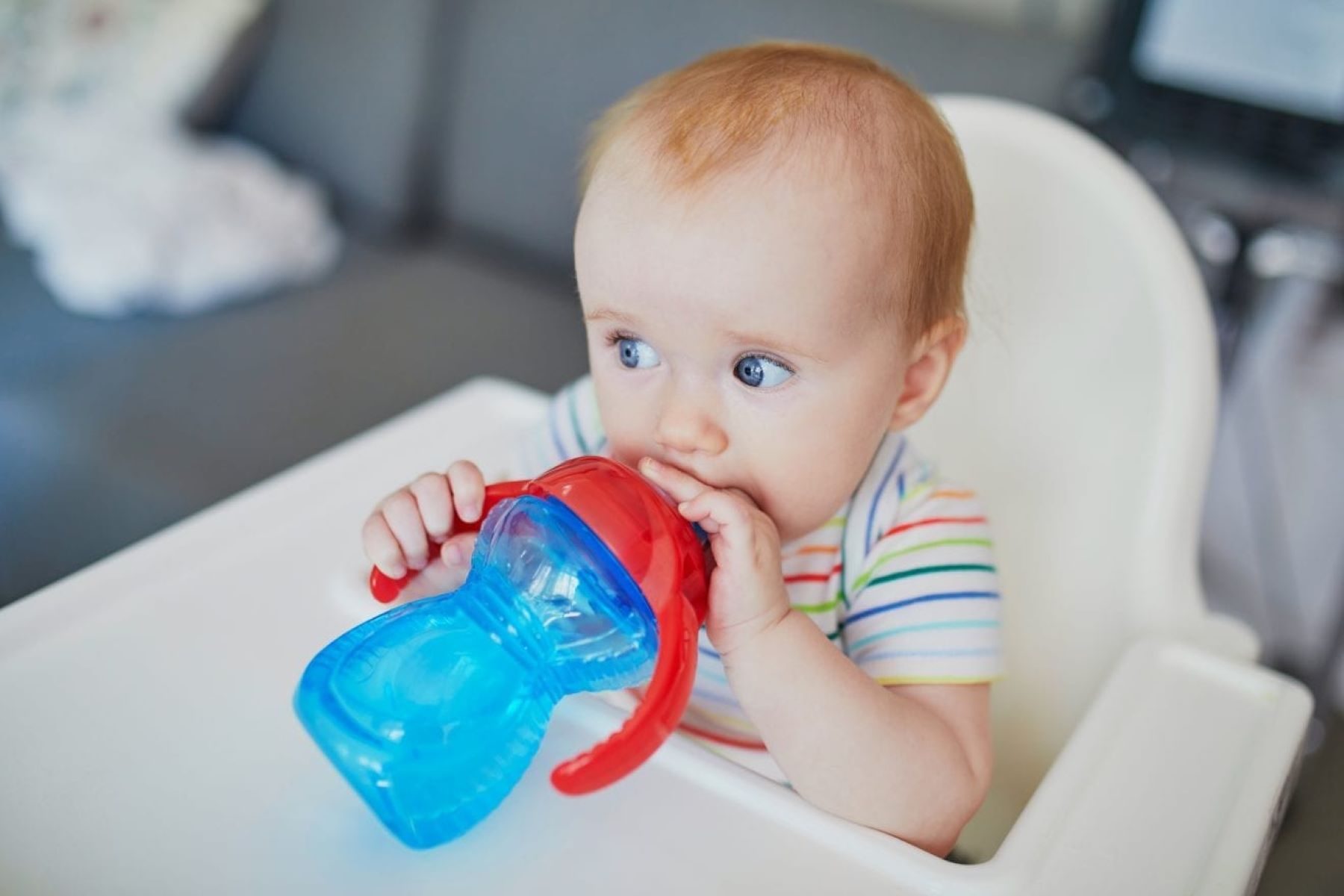

Child & Elderly Safety at Home
How To Introduce A Sippy Cup To A Breastfed Baby
Published: February 13, 2024
Learn how to introduce a sippy cup to your breastfed baby with our expert tips for child and elderly safety at home. Discover the best practices for a smooth transition.
(Many of the links in this article redirect to a specific reviewed product. Your purchase of these products through affiliate links helps to generate commission for Storables.com, at no extra cost. Learn more)
Why Introduce a Sippy Cup to a Breastfed Baby
Introducing a sippy cup to a breastfed baby is a significant milestone in their development and overall well-being. While breastfeeding provides essential nourishment and comfort, transitioning to a sippy cup offers numerous benefits for both the baby and the parent. Here's why it's important to introduce a sippy cup to a breastfed baby:
Read more: How To Get A Baby To Use A Sippy Cup
1. Development of Motor Skills:
Introducing a sippy cup encourages the development of essential motor skills in babies. As they learn to grasp and manipulate the cup, it promotes hand-eye coordination and fine motor control. This early exposure to using a sippy cup can contribute to the gradual refinement of their motor skills, laying a strong foundation for future milestones such as self-feeding and drinking from an open cup.
2. Independence and Self-Feeding:
Transitioning from breastfeeding to a sippy cup empowers the baby to take an active role in their feeding routine. By learning to hold and sip from a sippy cup, they begin to assert their independence and develop self-feeding skills. This newfound autonomy fosters a sense of confidence and accomplishment in the baby, promoting healthy self-esteem and a positive relationship with food and drink.
3. Oral Development:
Using a sippy cup can positively impact oral development in breastfed babies. The transition from breastfeeding to a sippy cup encourages the development of oral muscles and coordination, which are essential for speech and swallowing. Additionally, the use of a sippy cup can help prevent prolonged bottle use, reducing the risk of dental issues such as tooth decay and malocclusion.
4. Smooth Transition to Solid Foods:
Introducing a sippy cup serves as a stepping stone in the gradual transition from a liquid diet (breastmilk) to solid foods. As babies become accustomed to drinking from a sippy cup, they are better prepared for the introduction of purees and soft solids. This seamless progression supports healthy eating habits and a diverse diet, setting the stage for a positive relationship with food as they continue to grow.
Read more: How To Teach A Baby To Use A Sippy Cup
5. Hydration and Nutritional Balance:
A sippy cup facilitates the intake of water and other healthy beverages, ensuring that breastfed babies stay adequately hydrated as they begin to consume less breastmilk. This is particularly important as they approach the age when solid foods become a more significant part of their diet. By offering a variety of liquids in a sippy cup, parents can help their babies maintain a balanced and nutritious intake, supporting overall health and well-being.
In essence, introducing a sippy cup to a breastfed baby is a pivotal step that promotes their physical, cognitive, and emotional development. It empowers them to embrace independence, enhances their motor skills, and contributes to a smooth transition to a varied diet. Moreover, it lays the groundwork for healthy oral development and hydration practices, setting the stage for a lifetime of positive eating and drinking habits.
Key Takeaways:
- Introducing a sippy cup to a breastfed baby promotes independence, motor skills, and oral development. It helps babies transition to solid foods and maintain hydration, fostering a positive relationship with food and drink.
- Choosing the right sippy cup and introducing it gradually with patience and positive reinforcement helps babies transition smoothly from breastfeeding to independent sipping. Troubleshooting common issues with empathy and support ensures a positive experience for both the baby and the parent.
When to Introduce a Sippy Cup
Introducing a sippy cup to a breastfed baby is a significant milestone that requires careful consideration of the baby's developmental readiness. While there is no strict timeline for when to introduce a sippy cup, it is generally recommended to begin the transition between 6 and 12 months of age. This window aligns with the period when babies start to show increased interest in exploring and manipulating objects, as well as developing the motor skills necessary for sippy cup use.
At around 6 months of age, many babies begin to exhibit signs of readiness for introducing a sippy cup. They may display improved hand-eye coordination, enabling them to reach for and grasp objects with greater precision. This newfound dexterity sets the stage for them to hold and maneuver a sippy cup independently. Additionally, as babies become more adept at sitting up without support, they are better positioned to engage with a sippy cup during feeding times, laying the groundwork for a smooth transition from breastfeeding.
Between 6 and 12 months, babies also experience significant cognitive and oral development, making it an opportune time to introduce a sippy cup. They become more curious and eager to explore new tastes and textures, which can be accommodated by offering water or breastmilk in a sippy cup. Furthermore, as babies progress from exclusively breastfeeding to incorporating solid foods into their diet, the introduction of a sippy cup complements this transition, encouraging them to consume water alongside their meals.
It's important to observe the baby's cues and responses during feeding times to gauge their readiness for a sippy cup. If they show interest in reaching for cups or imitating the act of drinking, it may indicate their readiness to begin using a sippy cup. Additionally, parents can gradually introduce the sippy cup during meal or snack times, allowing the baby to familiarize themselves with the new utensil in a relaxed and supportive environment.
While the 6 to 12-month window serves as a general guideline, it's essential to recognize that each baby develops at their own pace. Some babies may show readiness for a sippy cup earlier, while others may benefit from a bit more time before embracing this new feeding method. By remaining attuned to the baby's cues and milestones, parents can determine the most suitable timing for introducing a sippy cup, ensuring a positive and successful transition from breastfeeding to independent sipping.
In essence, the period between 6 and 12 months presents an opportune time to introduce a sippy cup to a breastfed baby, aligning with their developmental milestones and growing curiosity about the world around them. By recognizing and responding to the baby's readiness, parents can facilitate a seamless transition to sippy cup usage, nurturing their independence and fostering healthy drinking habits.
Choosing the Right Sippy Cup
Selecting the right sippy cup for a breastfed baby is a crucial decision that can significantly impact their transition from breastfeeding to independent drinking. With a myriad of options available, parents are presented with the opportunity to choose a sippy cup that aligns with their baby's developmental stage, preferences, and safety considerations. Here's a comprehensive guide to help parents navigate the process of selecting the most suitable sippy cup for their breastfed baby.
1. Age-Appropriate Design
When choosing a sippy cup, it's essential to consider the baby's age and developmental readiness. For younger babies who are just beginning to explore sippy cups, options with soft spouts or silicone spouts are ideal, as they mimic the texture of a breast or bottle nipple, facilitating a smoother transition. As babies grow and become more adept at drinking from a sippy cup, parents can explore cups with harder spouts or straws, which encourage the development of oral motor skills and coordination.
Read more: When Can Baby Start Using A Sippy Cup?
2. Leak-Proof and Spill-Resistant
Opting for a leak-proof and spill-resistant sippy cup is paramount in minimizing mess and promoting a positive drinking experience for the baby. Look for cups with secure, well-constructed lids and valves that prevent liquid from escaping, even when the cup is tipped or dropped. This feature not only reduces cleanup for parents but also allows the baby to practice independent drinking without frustration or excessive spills.
3. Material and Safety
The material composition of the sippy cup is a critical consideration, especially for breastfed babies who are accustomed to the feel of a breast or bottle. BPA-free, phthalate-free, and non-toxic materials should be prioritized to ensure the baby's safety and well-being. Additionally, selecting a sippy cup with easy-to-clean components, such as detachable spouts and dishwasher-safe parts, promotes hygiene and convenience for parents.
4. Ergonomic Design
An ergonomically designed sippy cup can enhance the baby's comfort and ease of use. Cups with handles that are easy for small hands to grip, as well as lightweight and well-balanced construction, contribute to a positive drinking experience for the baby. Furthermore, considering the size and shape of the cup in relation to the baby's mouth and facial structure can help prevent potential discomfort during drinking.
5. Gradual Transition Features
Some sippy cups are designed with interchangeable spouts or lids, allowing for a gradual transition as the baby grows and develops new drinking skills. This adaptability ensures that the sippy cup can evolve alongside the baby's changing needs, providing continuity and familiarity during the transition from breastfeeding to independent cup drinking.
By carefully considering these factors, parents can make an informed decision when choosing a sippy cup for their breastfed baby, promoting a seamless and enjoyable transition to independent drinking. Ultimately, the selected sippy cup should prioritize safety, functionality, and the baby's developmental stage, nurturing their growing independence and confidence in their feeding routine.
Read more: What Is A Sippy Cup?
Tips for Introducing a Sippy Cup to a Breastfed Baby
Introducing a sippy cup to a breastfed baby is a significant milestone that requires patience, encouragement, and a supportive approach. To facilitate a smooth transition and foster positive associations with the sippy cup, parents can implement the following tips:
-
Gradual Introduction: Begin by introducing the sippy cup during relaxed and unhurried feeding times. Offer the baby small sips of water or breastmilk from the sippy cup alongside their regular breastfeeding sessions. This gradual exposure allows the baby to familiarize themselves with the cup without feeling pressured to abandon breastfeeding entirely.
-
Modeling Behavior: Demonstrate the use of the sippy cup by taking small sips from it in the baby's presence. Babies often learn through observation, and seeing a familiar caregiver using the sippy cup can pique their curiosity and encourage them to imitate the behavior.
-
Positive Reinforcement: Celebrate and praise the baby's attempts to interact with the sippy cup, even if they initially show more interest in playing with it than drinking from it. Offering words of encouragement and gentle applause can create a positive and supportive environment, reinforcing the idea that the sippy cup is an exciting and enjoyable new experience.
-
Exploration and Play: Allow the baby to explore the sippy cup through play and sensory exploration. This can involve letting them touch and examine the cup, encouraging them to bring it to their mouth, and exploring the different textures and features of the cup. This playful interaction can help the baby become comfortable with the sippy cup as a new and intriguing object.
-
Responsive Approach: Pay attention to the baby's cues and responses during sippy cup introduction. If they seem hesitant or resistant, avoid forcing the issue and instead offer gentle reassurance and patience. It's essential to respect the baby's pace and comfort level as they navigate this new experience.
-
Consistency and Routine: Incorporate the sippy cup into the baby's daily routine, offering it at consistent times such as during meals or snack times. Establishing a predictable pattern can help the baby associate the sippy cup with nourishment and hydration, gradually integrating it into their feeding regimen.
By implementing these tips, parents can create a supportive and nurturing environment for introducing a sippy cup to a breastfed baby. This approach respects the baby's individual readiness and comfort, fostering a positive and successful transition to independent drinking while maintaining the emotional connection and security of breastfeeding.
Transitioning from Breastfeeding to Sippy Cup
Transitioning from breastfeeding to a sippy cup marks a significant shift in a baby's feeding routine and overall development. This pivotal process requires a thoughtful and gradual approach to ensure a smooth and successful transition. Here's a detailed exploration of the steps involved in transitioning a breastfed baby to a sippy cup:
1. Establishing Familiarity:
Before fully replacing breastfeeding with a sippy cup, it's essential to familiarize the baby with the new utensil. Begin by offering the sippy cup during non-essential feeding times, allowing the baby to explore and interact with it without the pressure of relying on it for nourishment. This initial exposure helps the baby become comfortable with the sippy cup as a part of their feeding environment.
2. Introducing Liquid Contents:
As the baby becomes more accustomed to the sippy cup, gradually introduce small amounts of water or expressed breastmilk in the cup during feeding sessions. This step allows the baby to associate the sippy cup with familiar tastes and hydration, creating a positive connection between the new drinking method and their nutritional needs.
Read more: How Old For A Sippy Cup?
3. Balancing Breastfeeding and Sippy Cup Use:
During the transition phase, maintain regular breastfeeding sessions while incorporating the sippy cup into the feeding routine. This balanced approach provides the baby with the security of breastfeeding while introducing the sippy cup as an additional option for liquid intake. Over time, as the baby grows more comfortable with the sippy cup, breastfeeding sessions can gradually be replaced with sips from the cup.
4. Encouraging Independence:
As the baby begins to demonstrate proficiency in using the sippy cup, encourage their independence by allowing them to hold and sip from the cup without excessive assistance. This empowerment fosters a sense of autonomy and accomplishment in the baby, reinforcing their transition to independent drinking.
5. Responsive and Supportive Guidance:
Throughout the transition process, maintain a responsive and supportive approach, attuned to the baby's cues and comfort level. Offer gentle encouragement and reassurance, acknowledging their progress and providing a nurturing environment that respects their individual pace of adjustment.
6. Gradual Phasing Out of Breastfeeding:
As the baby embraces the sippy cup as a primary source of hydration, gradually reduce breastfeeding sessions in a manner that aligns with the baby's readiness and comfort. This gradual phasing out allows for a seamless transition, minimizing potential resistance or emotional distress for both the baby and the parent.
By following these steps and maintaining a patient and supportive approach, parents can effectively guide their breastfed baby through the transition to sippy cup usage. This methodical process prioritizes the baby's comfort and emotional well-being, ensuring a successful shift from breastfeeding to independent drinking with the sippy cup.
Read more: How To Use A Nuby Sippy Cup
Troubleshooting Common Issues
Transitioning a breastfed baby to a sippy cup can sometimes present challenges that require thoughtful troubleshooting to ensure a smooth and successful adaptation. Understanding and addressing common issues that may arise during this process is essential for supporting both the baby and the parent. Here are some common issues and effective troubleshooting strategies:
1. Resistance to Change
Issue: Some breastfed babies may initially resist the introduction of a sippy cup, displaying reluctance or disinterest in using the new utensil for drinking.
Troubleshooting: To address resistance, parents can employ patience and persistence, gradually acclimating the baby to the sippy cup through gentle encouragement and positive reinforcement. Offering the sippy cup during relaxed and enjoyable moments, such as playtime or outdoor activities, can help shift the baby's perception of the cup from a source of pressure to a source of fun and curiosity.
2. Difficulty with Suction
Issue: Babies accustomed to breastfeeding may encounter challenges with the suction required for sippy cup use, leading to frustration and limited intake.
Troubleshooting: Opting for sippy cups with softer, more flexible spouts can ease the transition by mimicking the natural feel of a breast or bottle nipple. Additionally, gently pressing on the sippy cup's base to release some liquid before offering it to the baby can encourage them to engage with the cup and experience the reward of successful suction.
3. Spillage and Mess
Issue: Learning to drink from a sippy cup involves coordination and motor skills that may result in spills and messes, leading to frustration for both the baby and the parent.
Troubleshooting: Choosing leak-proof and spill-resistant sippy cups equipped with secure lids and valves can minimize messes while allowing the baby to practice independent drinking without excessive spills. Additionally, providing the baby with opportunities for self-directed exploration and play with the sippy cup can help them refine their coordination and minimize spills over time.
Read more: Which Sippy Cup Is Best For Teeth?
4. Limited Acceptance of Contents
Issue: Some babies may show reluctance to consume water or expressed breastmilk from the sippy cup, impacting their hydration and nutritional balance.
Troubleshooting: Mixing a small amount of breastmilk with water in the sippy cup can help bridge the familiarity gap, gradually acclimating the baby to the taste and texture of the new liquid source. Offering the sippy cup during periods of increased thirst, such as after physical activity or exposure to warm environments, can also encourage the baby to accept and enjoy the contents.
5. Emotional Attachment to Breastfeeding
Issue: Breastfed babies and parents may experience emotional attachment to breastfeeding, making the transition to a sippy cup a sensitive and challenging process.
Troubleshooting: Acknowledging and validating the emotional aspects of the transition is crucial. Providing comfort and reassurance to the baby during sippy cup introduction, while also nurturing the emotional connection through cuddling and bonding during non-feeding times, can help ease the emotional impact of the transition for both the baby and the parent.
By proactively addressing these common issues with empathy, patience, and strategic interventions, parents can navigate the transition from breastfeeding to sippy cup usage with understanding and support, ensuring a positive and successful experience for the baby.
Conclusion
Introducing a sippy cup to a breastfed baby marks a significant milestone in their developmental journey, encompassing physical, cognitive, and emotional facets of growth. This transition not only fosters independence and self-feeding skills but also contributes to the baby's oral development, hydration practices, and the gradual shift towards a diverse and balanced diet. By recognizing the importance of introducing a sippy cup to a breastfed baby, parents can actively support their child's holistic development and lay the groundwork for a lifetime of positive eating and drinking habits.
The process of introducing a sippy cup involves careful consideration of the baby's developmental readiness, with the 6 to 12-month window serving as a general guideline for initiating this transition. By observing the baby's cues and responses during feeding times, parents can gauge their readiness and gradually introduce the sippy cup in a supportive and nurturing manner. This approach respects the individual pace of each baby's development, ensuring a positive and successful transition to sippy cup usage.
Selecting the right sippy cup is paramount in facilitating a seamless transition, with considerations such as age-appropriate design, leak-proof features, material safety, ergonomic considerations, and gradual transition features playing pivotal roles in the selection process. By prioritizing safety, functionality, and the baby's developmental stage, parents can choose a sippy cup that aligns with their child's needs and preferences, nurturing their growing independence and confidence in their feeding routine.
Furthermore, the introduction of a sippy cup to a breastfed baby necessitates a thoughtful and gradual approach, encompassing strategies such as gradual introduction, positive reinforcement, modeling behavior, and responsive guidance. By implementing these tips, parents can create a supportive environment that respects the baby's readiness and comfort, fostering a positive and successful transition to independent drinking while maintaining the emotional connection and security of breastfeeding.
As the baby transitions from breastfeeding to sippy cup usage, troubleshooting common issues such as resistance to change, difficulty with suction, spillage, limited acceptance of contents, and emotional attachment to breastfeeding becomes essential. By proactively addressing these challenges with empathy, patience, and strategic interventions, parents can navigate the transition with understanding and support, ensuring a positive and successful experience for the baby.
In essence, the introduction of a sippy cup to a breastfed baby represents a pivotal moment in their journey towards independence and healthy development. By embracing this transition with patience, encouragement, and a supportive approach, parents can empower their child to embrace new experiences and foster lifelong habits of autonomy, confidence, and well-being.
Frequently Asked Questions about How To Introduce A Sippy Cup To A Breastfed Baby
Was this page helpful?
At Storables.com, we guarantee accurate and reliable information. Our content, validated by Expert Board Contributors, is crafted following stringent Editorial Policies. We're committed to providing you with well-researched, expert-backed insights for all your informational needs.
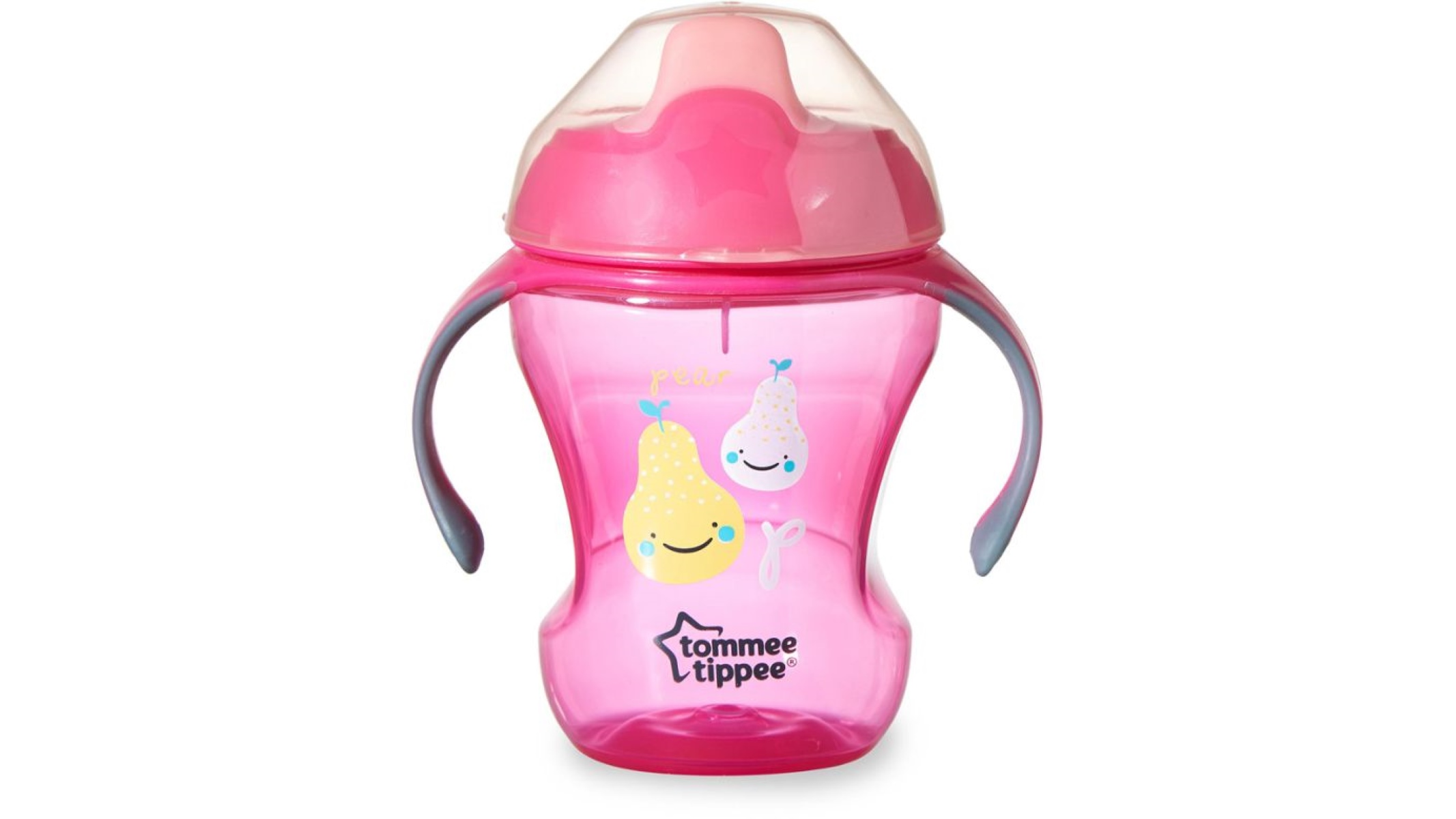
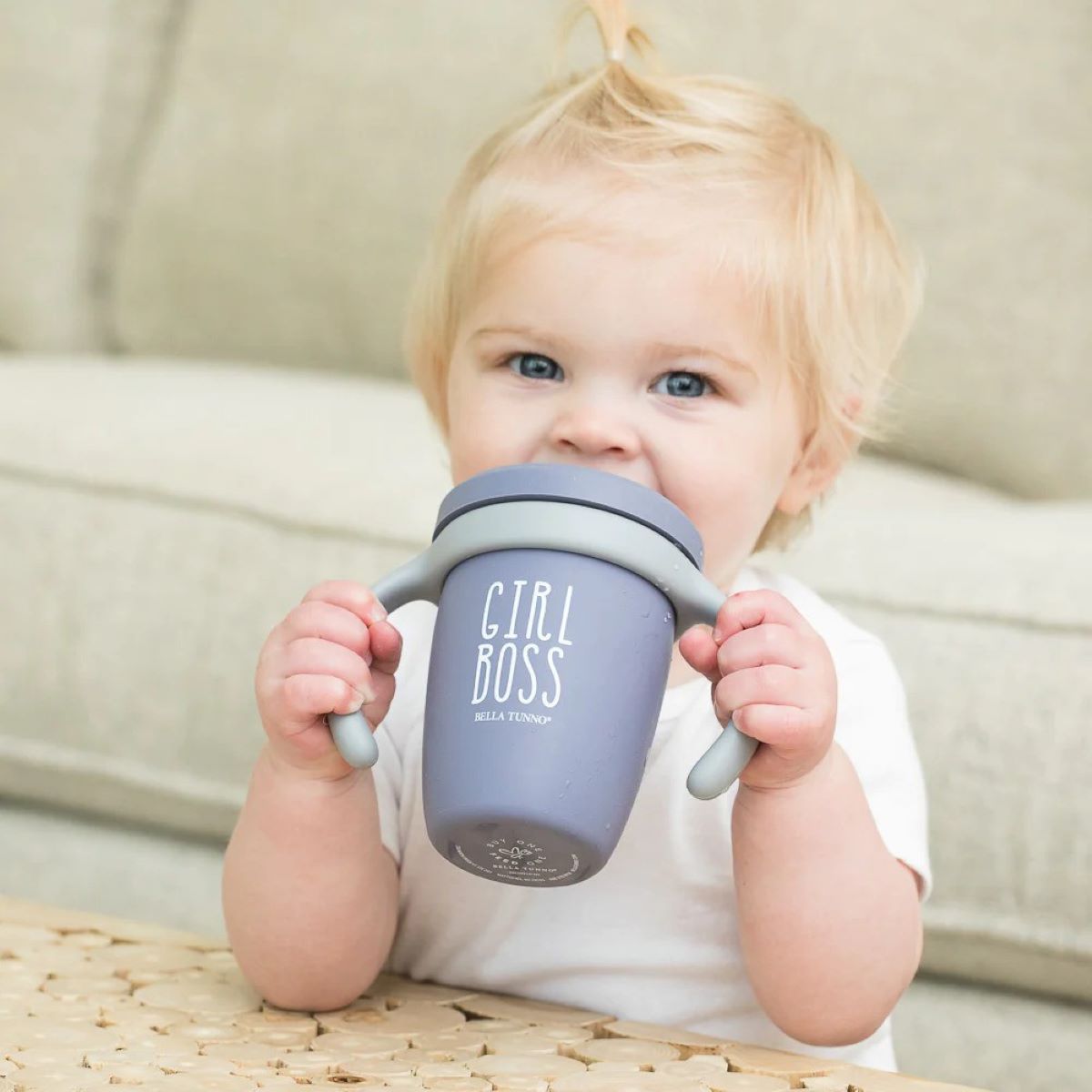
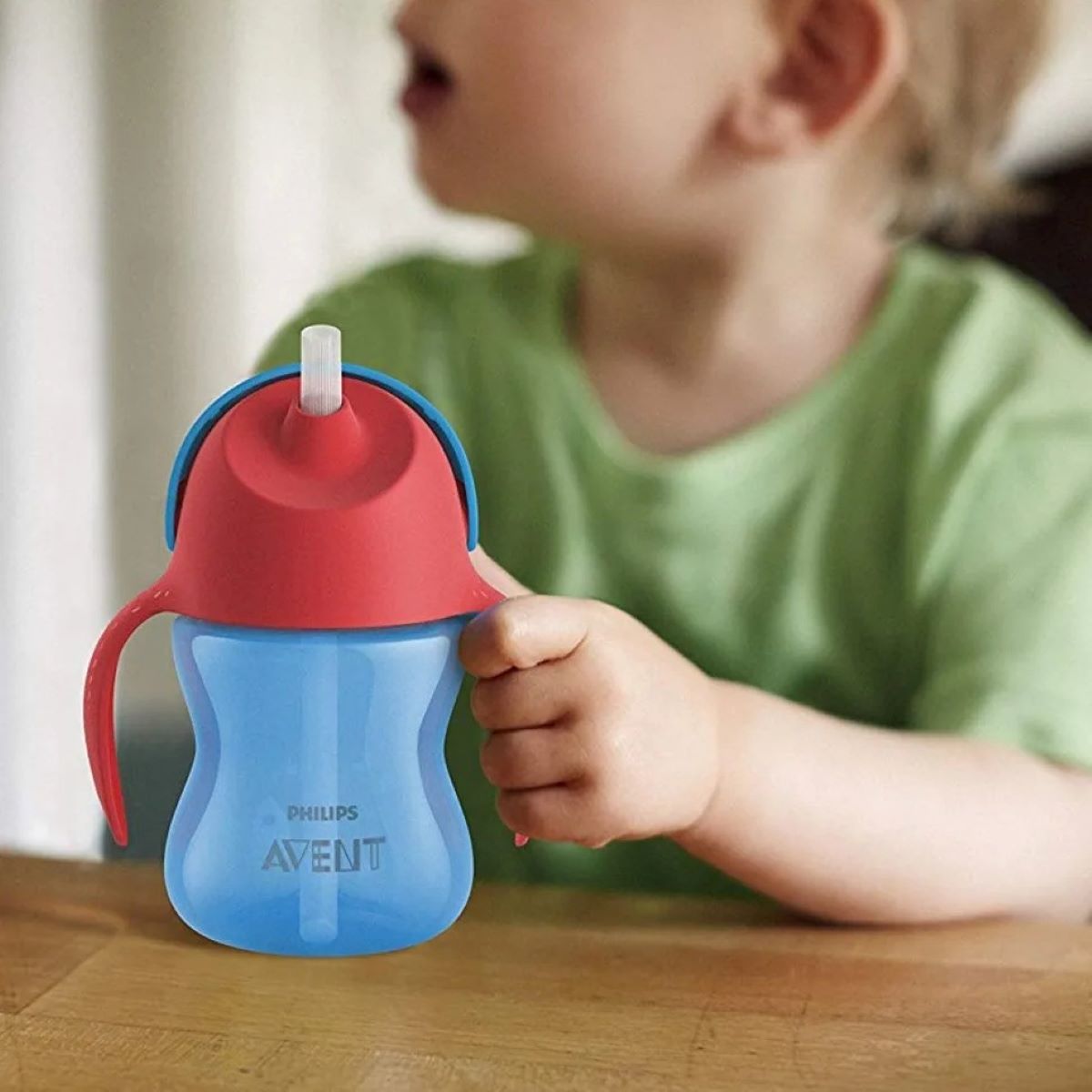
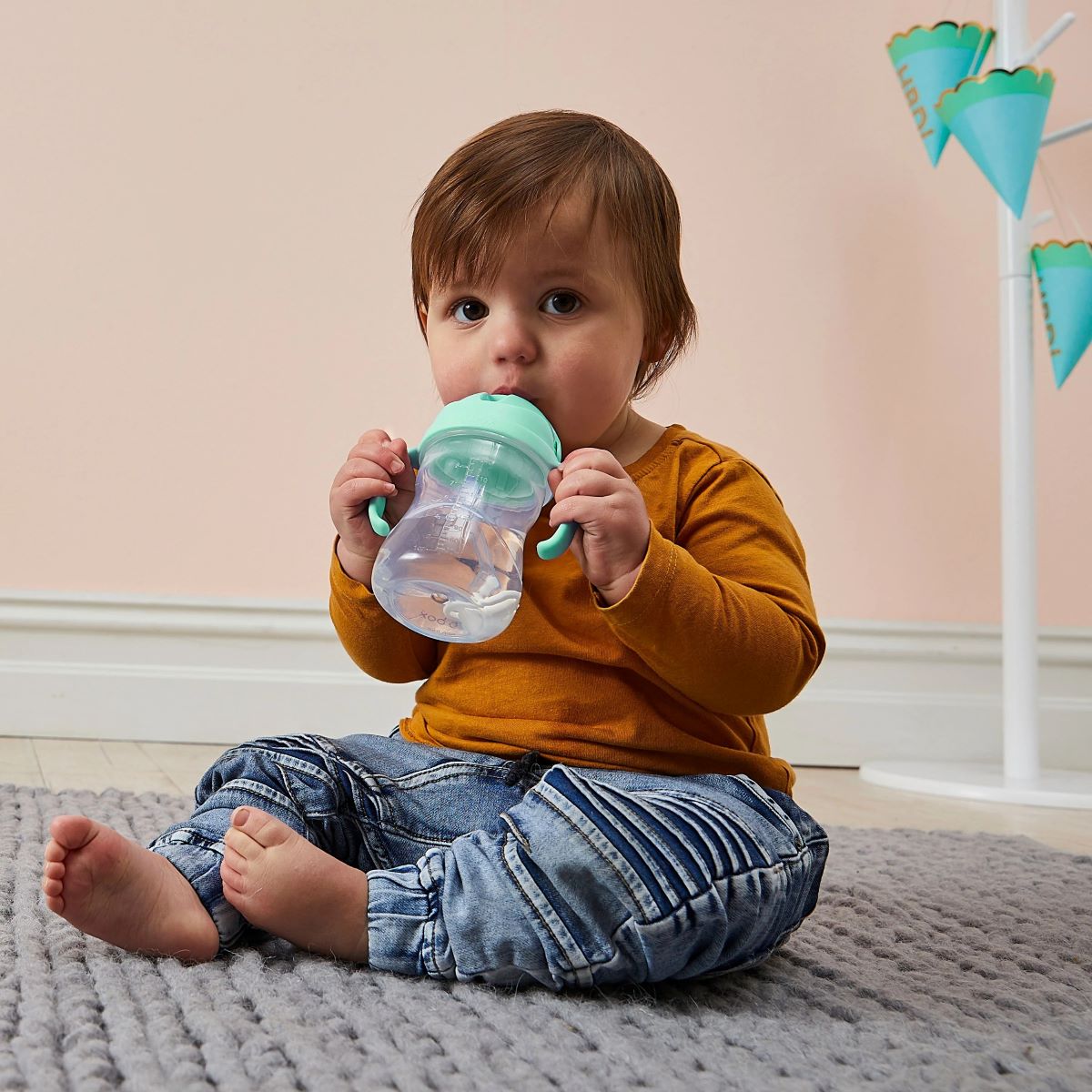
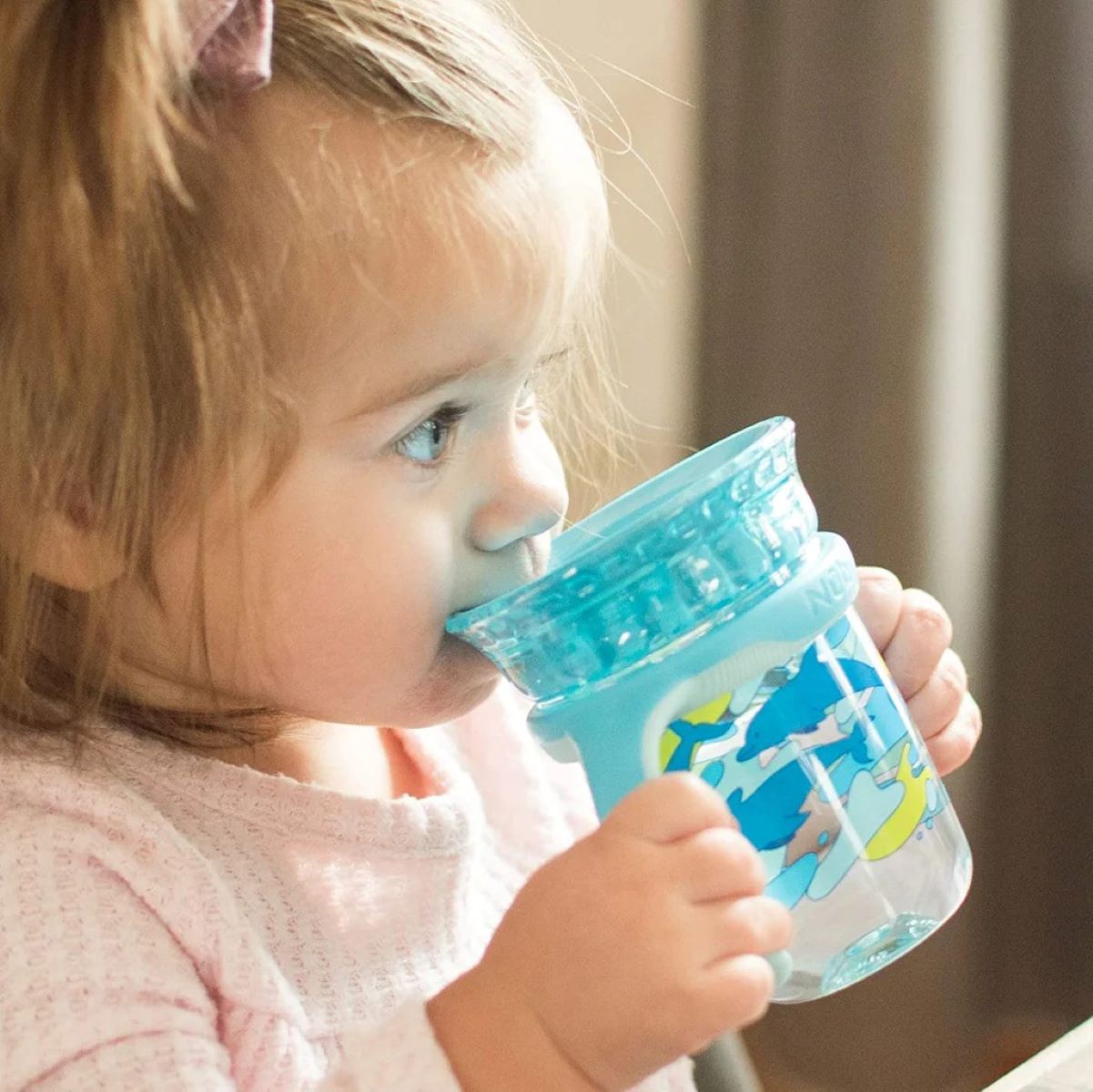
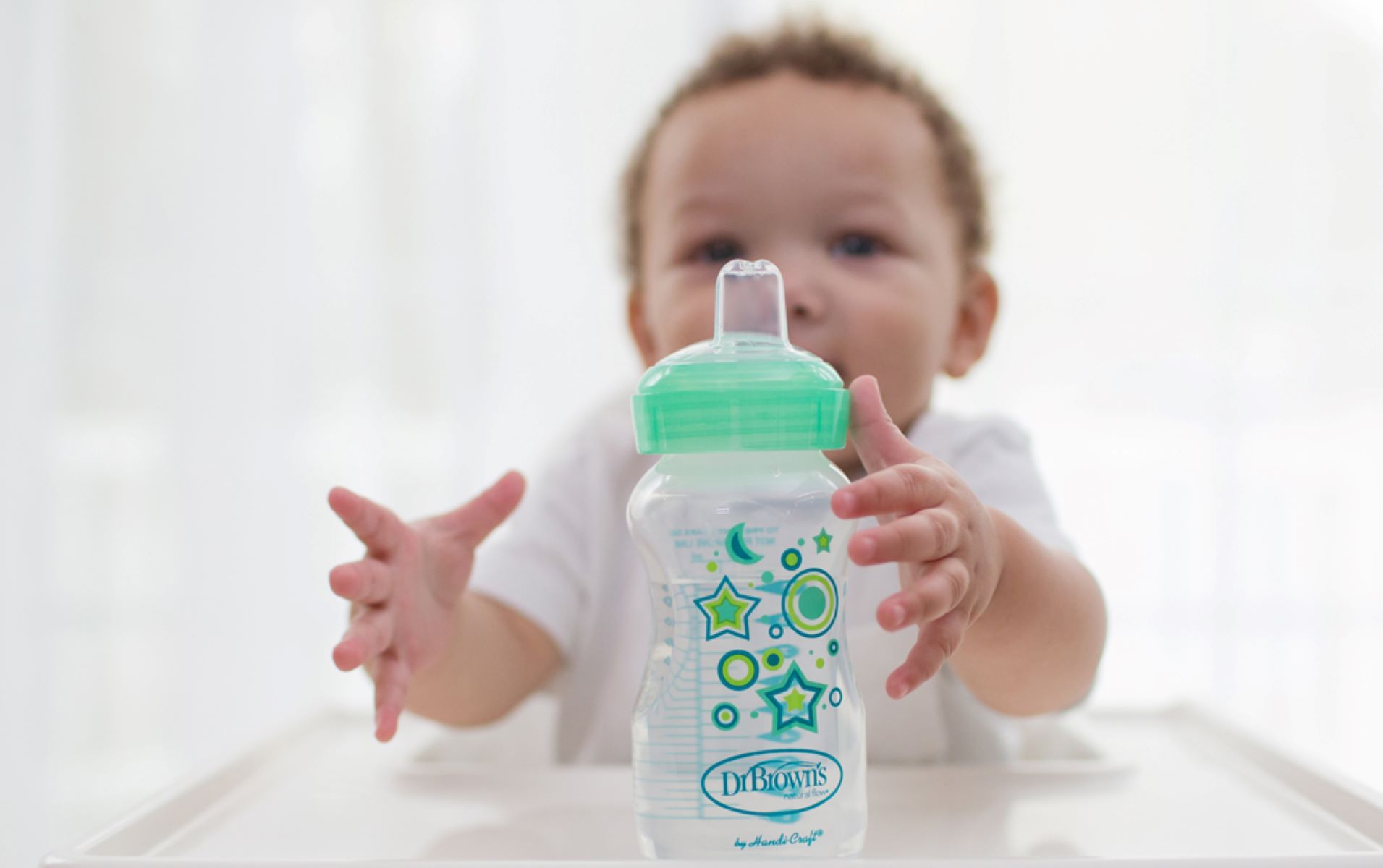
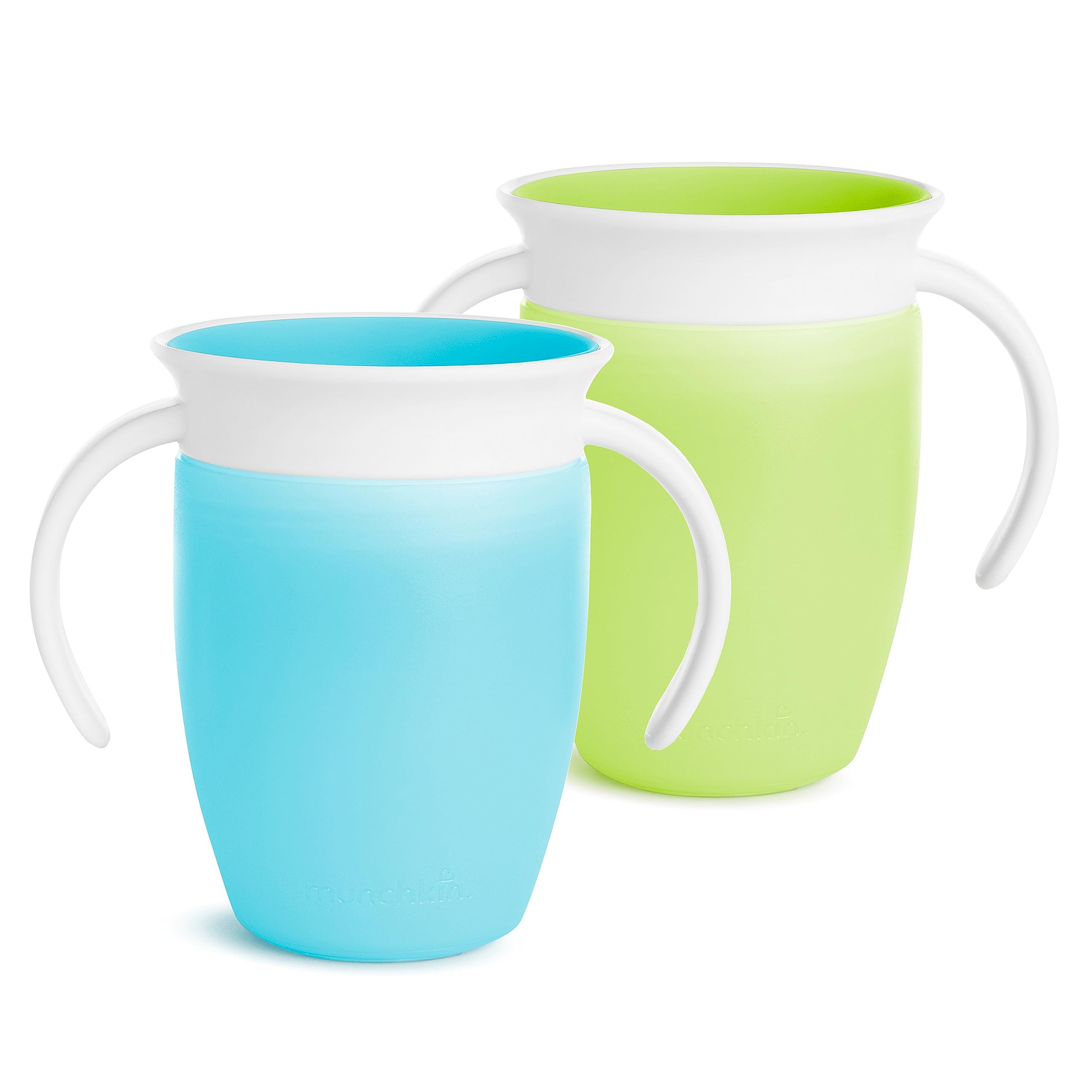
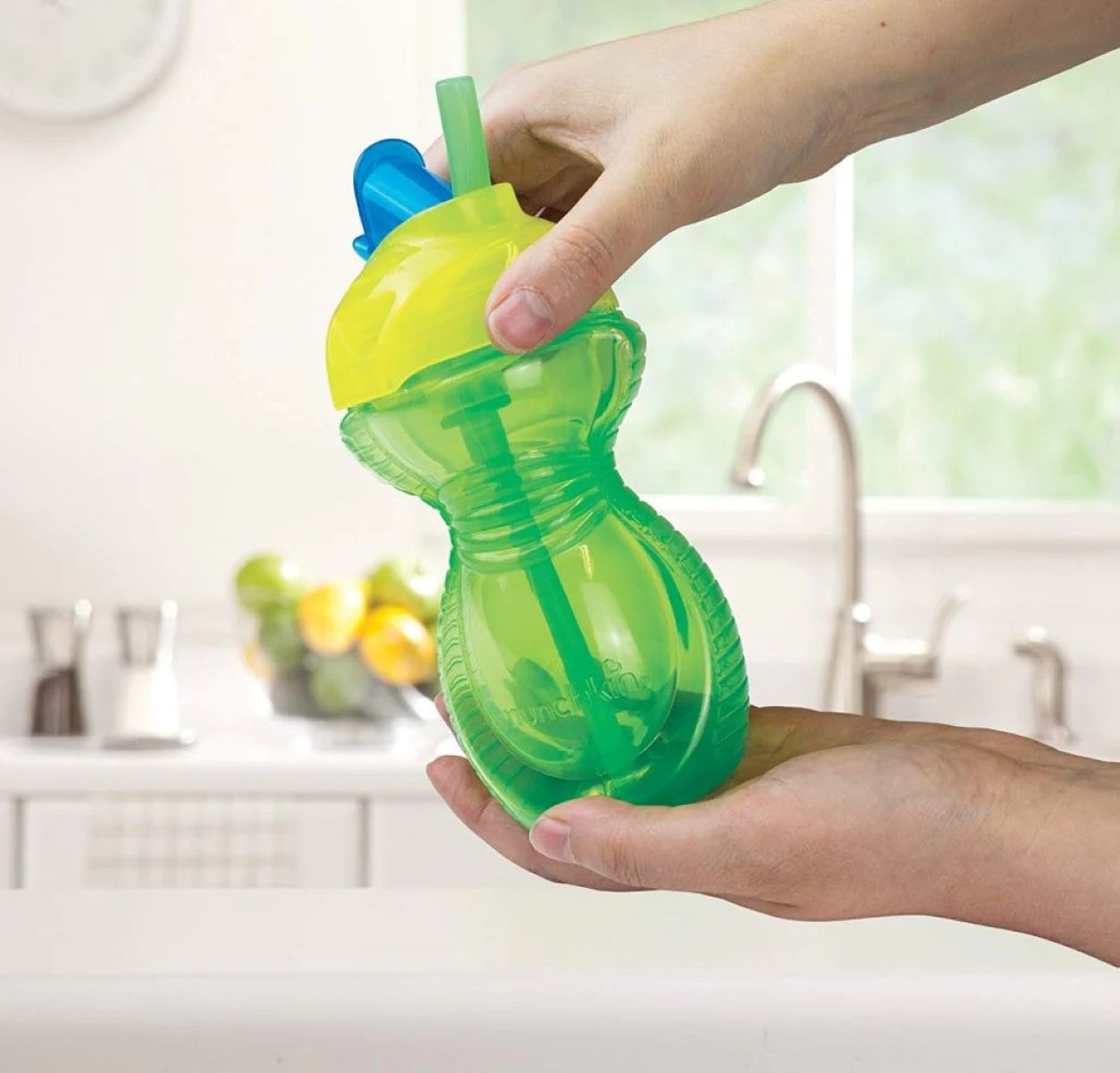
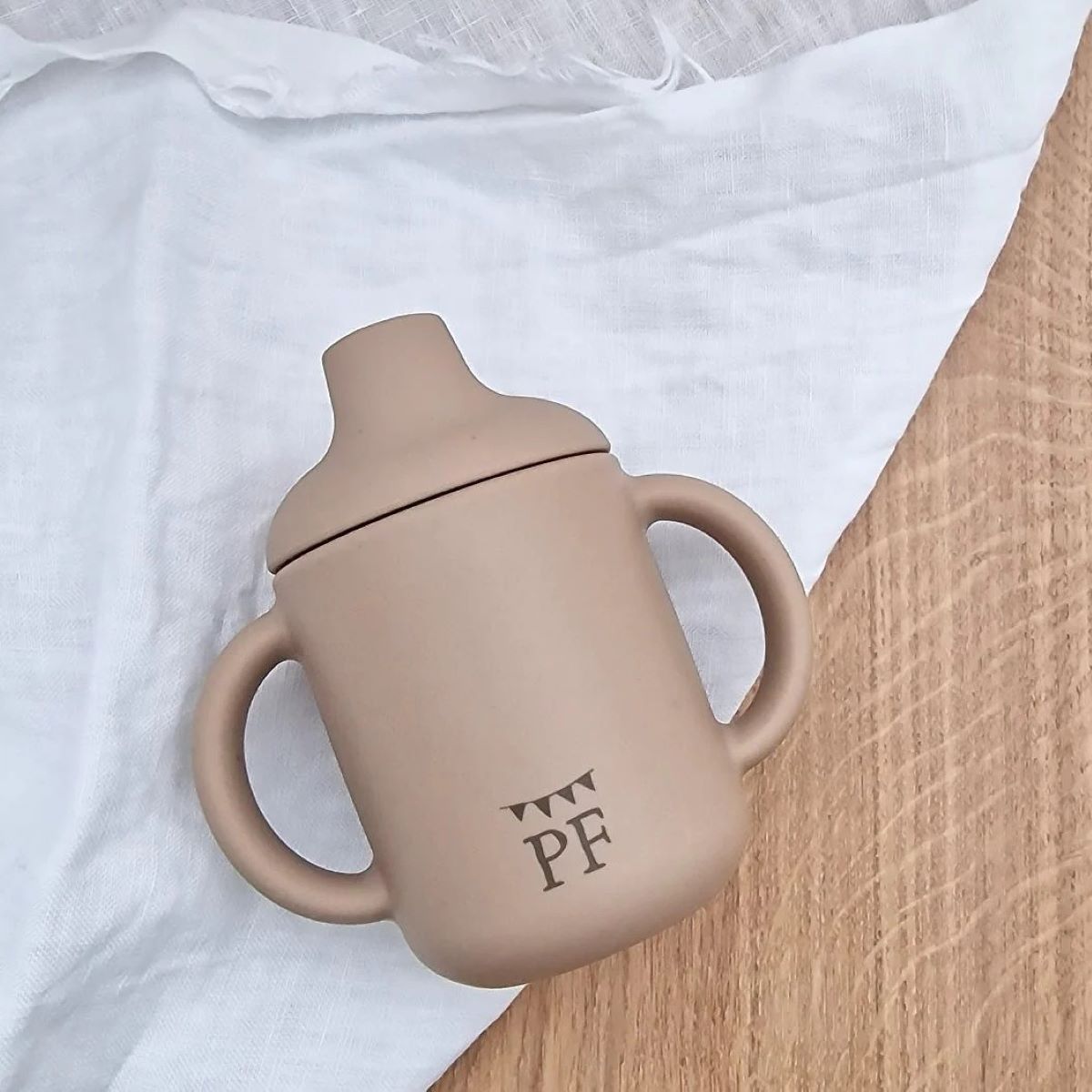

0 thoughts on “How To Introduce A Sippy Cup To A Breastfed Baby”